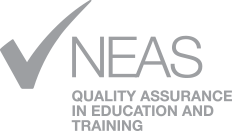Good reading instruction doesn’t mean teaching dozens of separate “sub-skills.” Instead, there are a few powerful tools that make the biggest difference for learners. In this lesson, we’ll focus on three of them:
- Using context clues – helping students make sense of unknown words without reaching for a dictionary.
- Recognising organisation – showing students how text structure guides meaning.
- Asking purposeful comprehension questions – designing questions that support reading, rather than test writing.
Together, these tools give learners the confidence to approach texts as problem-solvers, not word-counters. They move from seeing reading as a barrier to seeing it as something they can navigate — even when the text feels difficult.
